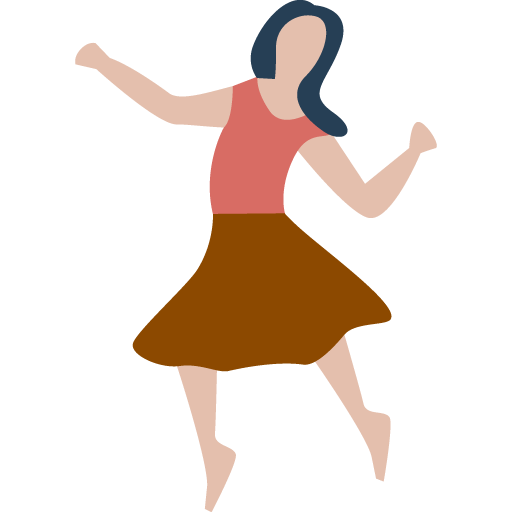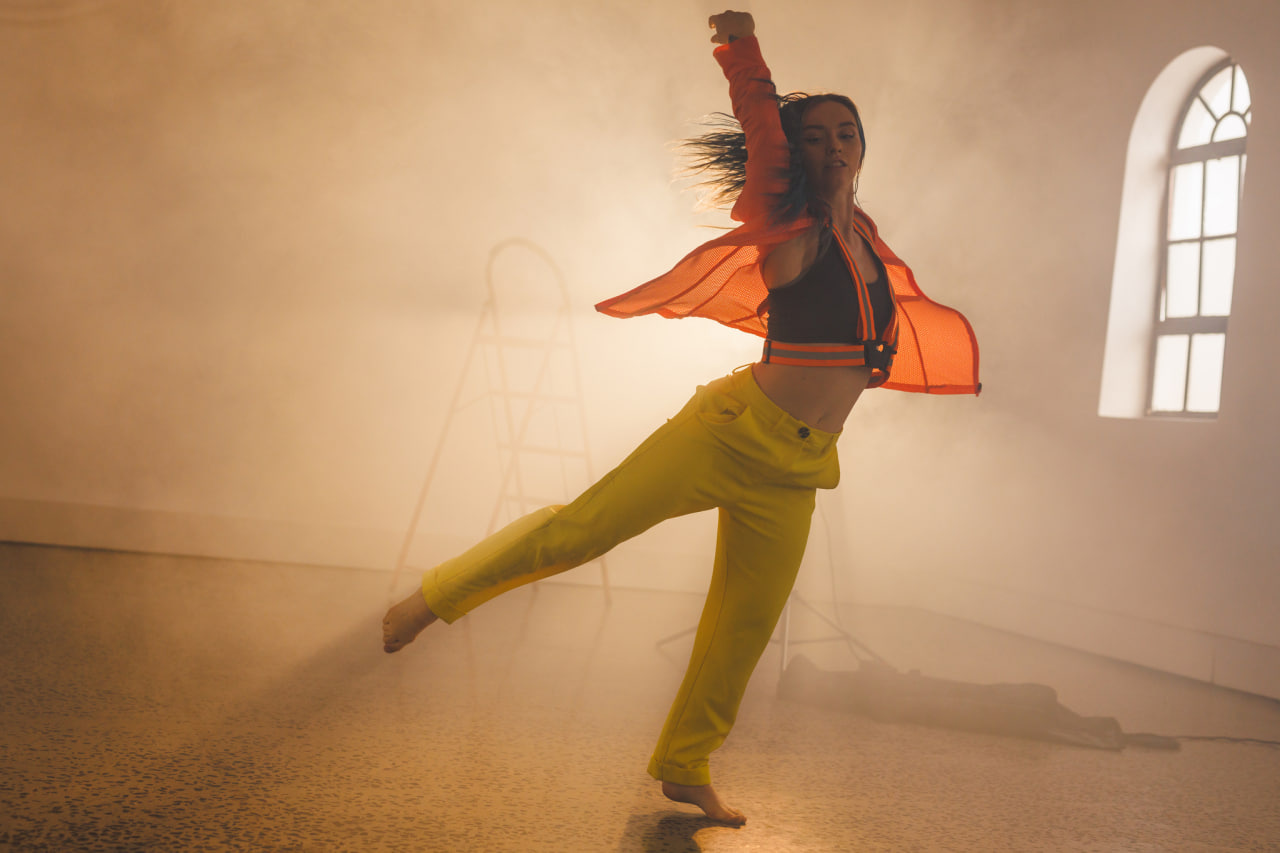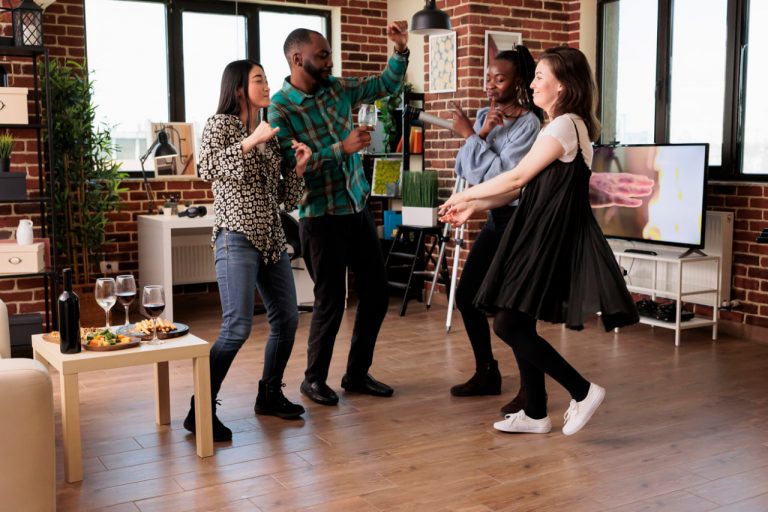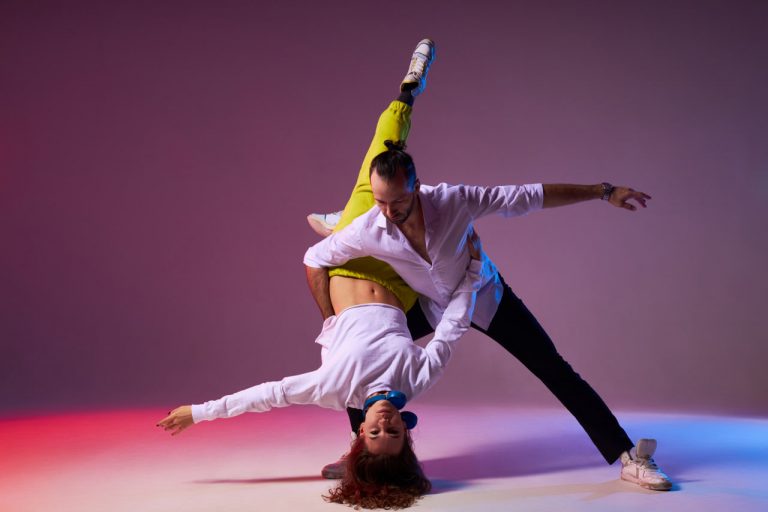Walking into your first dance class can be both exciting and nerve-wracking. Whether you’ve always dreamed of learning how to move confidently or you’ve just decided to explore a new hobby, taking that first step into the studio is a big accomplishment. Knowing what to expect can help ease your nerves and set you up for success. This guide walks you through everything you need to know before, during, and after your first dance class.
Choosing the Right Dance Style
Before your first class, it’s important to decide which style of dance best matches your interests, goals, and fitness level. Are you looking for something energetic and fun like hip-hop or jazz? Do you want to focus on grace and technique with ballet or contemporary? Maybe you’re curious about Latin styles like salsa or bachata. Each style offers something unique.
Many studios, including Dance Pulse Academy, offer trial classes or beginner courses across several genres. Don’t worry about picking the perfect style right away—exploration is part of the process.
What to Wear to Class
You don’t need to buy fancy outfits or expensive shoes for your first dance class. Wear comfortable, stretchy clothing that allows you to move freely—think leggings, athletic tops, or dancewear if you already have it. Footwear depends on the style: sneakers for hip-hop, socks or ballet shoes for ballet, and heels or dance shoes for salsa or ballroom.
Avoid wearing anything too baggy, as instructors often need to see your body alignment to provide corrections. Bring a water bottle and a small towel if needed, especially for more active styles.
Arriving at the Studio
It’s a good idea to arrive 10 to 15 minutes early so you have time to check in, meet your instructor, and get comfortable with the space. Most studios have a friendly, welcoming atmosphere, especially in beginner classes where everyone is just starting out.
The instructor will likely introduce themselves and offer a brief overview of what to expect. You’ll also meet other students who may be just as new as you, which can help ease the pressure and build camaraderie.
The Class Structure
Most beginner dance classes follow a basic structure: a warm-up, skill-building exercises, choreography or routine practice, and a cool-down.
The warm-up includes light movement and stretching to get your body ready. Then you’ll move into the technical portion of the class, where the instructor breaks down basic steps or movements specific to the style. Afterward, you’ll usually learn a short combination or routine that ties the steps together into a flowing sequence.
The cool-down helps your body relax and can include light stretching or reflection. This structure is designed to balance movement with learning, so you gradually build both skill and confidence.
Don’t Worry About Getting It Perfect
It’s completely normal to feel unsure or awkward during your first class. You might forget a step, turn the wrong way, or miss a beat. That’s all part of the learning process. Dance is a skill like any other—it takes time, repetition, and patience.
Instructors don’t expect perfection from beginners. What they do expect is effort, a positive attitude, and a willingness to try. The more classes you attend, the more natural everything will begin to feel.
Supportive Instructors and Peers
One of the most rewarding aspects of a dance class is the community. Instructors are there to guide you, correct your form gently, and celebrate your progress. Many students form lasting friendships with their classmates, creating an environment of mutual encouragement.
Don’t be afraid to ask questions or request clarification. Chances are, someone else in the room is wondering the same thing. Your classmates are learning too, and no one is judging your performance.
Tracking Your Progress
After your first class, take a moment to reflect on what you enjoyed and what challenged you. Maybe you discovered a love for movement you didn’t know you had. Perhaps you want to improve your coordination or learn more about musical timing.
Keeping a dance journal or simply noting how you felt after each class can help track your growth. Progress may be subtle at first, but over time, the confidence and skills you gain will become obvious—not only in class but in everyday life.
How to Stay Motivated
The key to growth is consistency. Commit to attending class regularly, even when it feels tough. Set small goals, like mastering a basic step or remembering a short routine. Celebrate every milestone, no matter how small.
You might also explore practicing at home, watching online dance videos for inspiration, or trying different styles to keep things fresh. The more you engage with dance outside the studio, the more connected you’ll feel to your practice.




